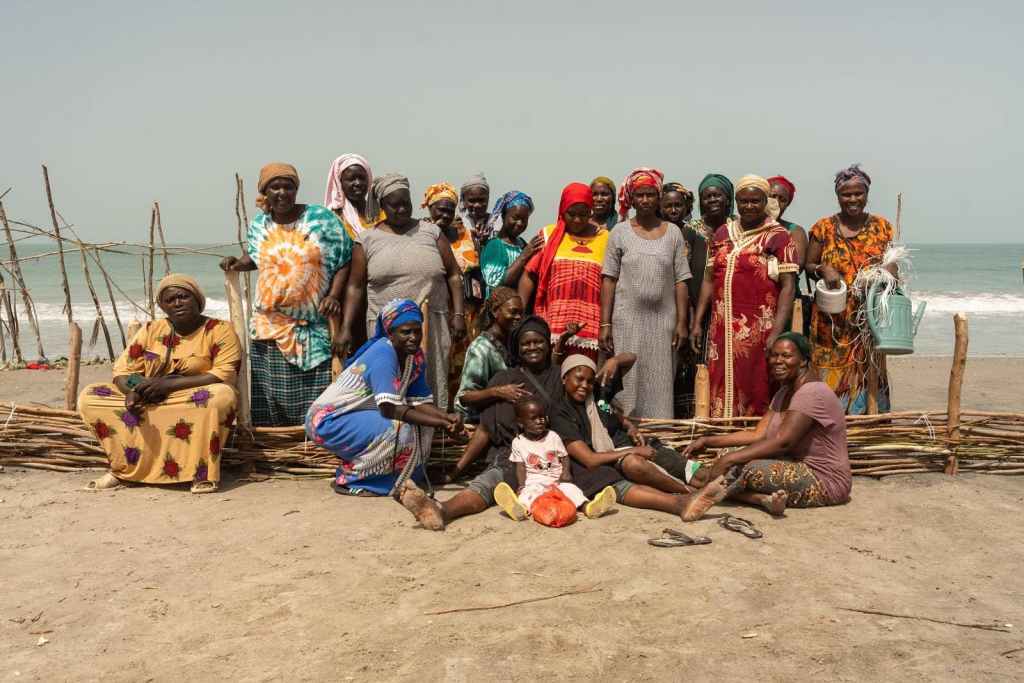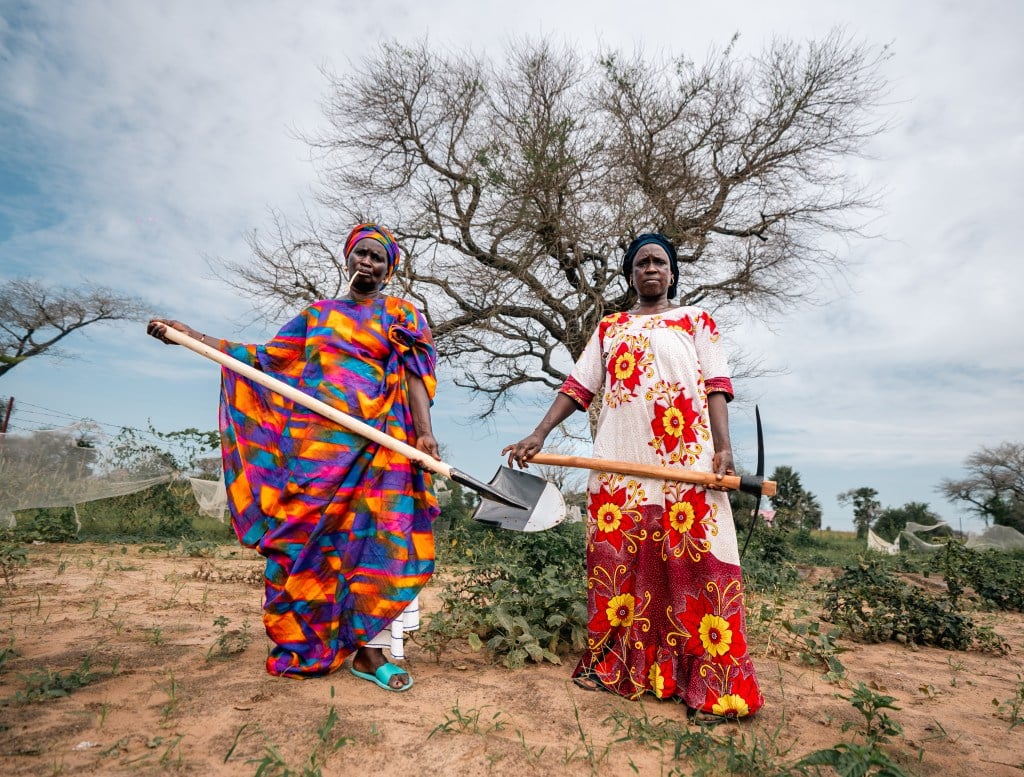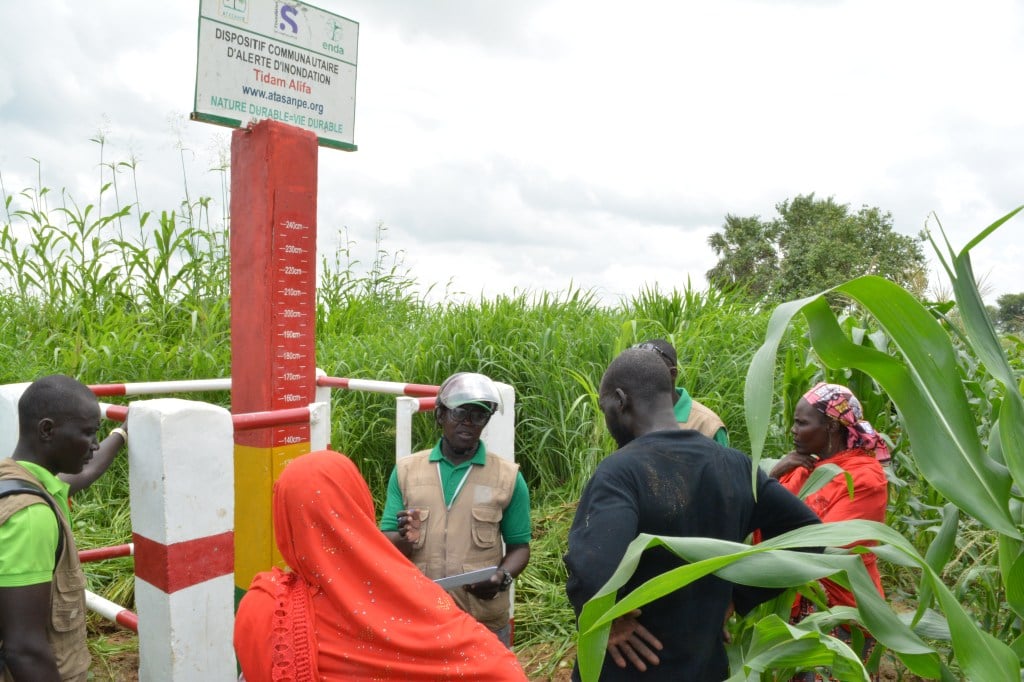Sidelining Local Leadership in Climate Adaptation Is a Recipe for Failure
Locally-led climate solutions deliver transformative results, but critical funding remains beyond reach of the hardest hit communities

Written by Sandrine Bouttier Stref, Interim Director General of Foundation S and Global Head of Corporate Social Responsibility at Sanofi
Africa bears the harshest impacts of climate change. Though the continent is home to 17% of the world’s population and generates less than 4% of global greenhouse gas emissions, it accounts for 35% of climate-related disaster deaths worldwide. These are heavy burdens. This stark disparity reveals climate change is not just as an environmental challenge, but a threat multiplier that amplifies existing vulnerabilities across food systems, economic stability, and health.
The stakes could not be higher. Current projections suggest that without intervention, climate change impacts could push alone could push 132 million people into extreme poverty by 2030, potentially reversing decades of hard-fought progress in global development and health outcomes.
To mitigate these cascading risks and adapt to the unavoidable impacts of climate change, we must invest in what works: locally-led, community-driven solutions. In a newly published report by Foundation S and Africa-Europe Foundation, research consistently shows that when communities take ownership, climate adaptation efforts become more effective, inclusive and resilient. In contrast, donor- and expert-centric approaches alone often fail to grasp local realities, leading to wasted resources and missed opportunities. By scaling up investments in community-driven initiatives, through funding like Global Fund, Foundation S, and the Gates Foundation’s The Climate x Health Catalytic Fund, we can unlock vital knowledge and results – and save lives in the face of this escalating threat.
Why Communities Must Lead
In a world of constrained finances, funding approaches that are locally managed are more responsive to community needs, and foster greater awareness – essential for ensuring the effectiveness and long-term sustainability of adaptation projects. Aside from their effectiveness, elevating traditionally excluded voices is vital in shaping inclusive climate solutions that reflect lived realities and build resilience from the ground up.
In Burkina Faso, the pan-African development network Inades-Foundation, with support from Foundation S, has spearheaded a comprehensive community-led initiative to secure clean water for households, livestock, and crops. Local leaders oversaw the installation of boreholes that not only ensured access to safe drinking water but also enabled more resilient, climate-smart agriculture while reinforcing fragile local health systems strained by climate-driven crop failures.
Underpinning all 17 of the UN Sustainable Development Goals are the voices of the people most affected. There must be a more concerted effort to elevate these voices, which have been traditionally excluded from decision-making power centres. In Senegal, women-led ingenuity is slowing coastal erosion by planting mangroves and creating natural barriers using locally sourced materials. The result is a shoreline that has been stabilized and a community that can stay put for longer, with a more sustainable and resilient food source. By embedding gender equity and underrepresented groups into the creation of solutions, women are also earning incomes – just one example of how community-led programs can drive whole-of-society benefits.

The Scalability of Local Solutions
Community-sourced solutions aren’t just effective – they’re adapted to local needs; they are efficient, and they are scalable. To amplify community-led innovations and to address the health impacts of climate change, the Local Solutions Campus in Dakar is an annual convening platform for frontline stakeholders to showcase ideas and data to replicate best practice and success, supported by Foundation S. Bringing together technological solutions and community knowledge – with insights from across the public, philanthropic and private sectors – can kickstart impactful initiatives. When unlocked with seed funding, these efforts can also serve as blueprints for broader climate adaptation strategies.
In India, SEEDS, a non-profit, partnered with Microsoft to develop SunnyLives, an AI model that combines satellite data with community-sourced insights to predict extreme heat impacts. Combining satellite imagery and machine learning with data from community volunteers, the model creates hyper-local heat risk maps that guide targeted interventions, grounded in real conditions delivered through trusted local networks. This collaboration highlights the powerful potential of technology and community engagement working hand in hand to drive meaningful impact.
In Vietnam, the Women’s Union in Da Nang launched a loan program to help households strengthen their homes against storms. Beyond implementation, they have actively championed the program’s replication, attracting new donors and working closely with local government to embed the initiative into broader climate adaptation strategies. This has expanded its reach, enhanced its sustainability, and demonstrated the transformative power of locally-led, scalable solutions.

Unlocking Climate Finance for Communities
Despite their proven effectiveness, local actors receive only a minuscule share of climate finance. Just 6% of adaptation funding and 0.5% of multilateral climate finance reaches health-related projects – leaving communities without the resources they need to adapt and protect lives.
We must change this. Climate finance must be equitable, accessible, and innovative. This means taking a blended finance approach and adopting alternative financing models, as well as mobilising public-private-philanthropic partnerships to unlock capital at scale.
The Climate x Health Catalytic Fund, launched by The Global Fund, Foundation S and partners, is refining how grants can bring impact. With US$50 million in grant financing, it enables vulnerable countries to adapt their health systems to protect them from climate impacts. With more donors, the fund could change how climate adaption scales around the world. We need more actors, across the public, philanthropic and private sectors, to join us.
For a secure and sustainable future, governments, funders, and institutions must shift power and resources to the communities best placed to lead. Locally-led climate action isn’t just effective – it’s essential. It’s time to back the people on the frontlines with the tools, trust, and funding they need to build resilience from the ground up.
